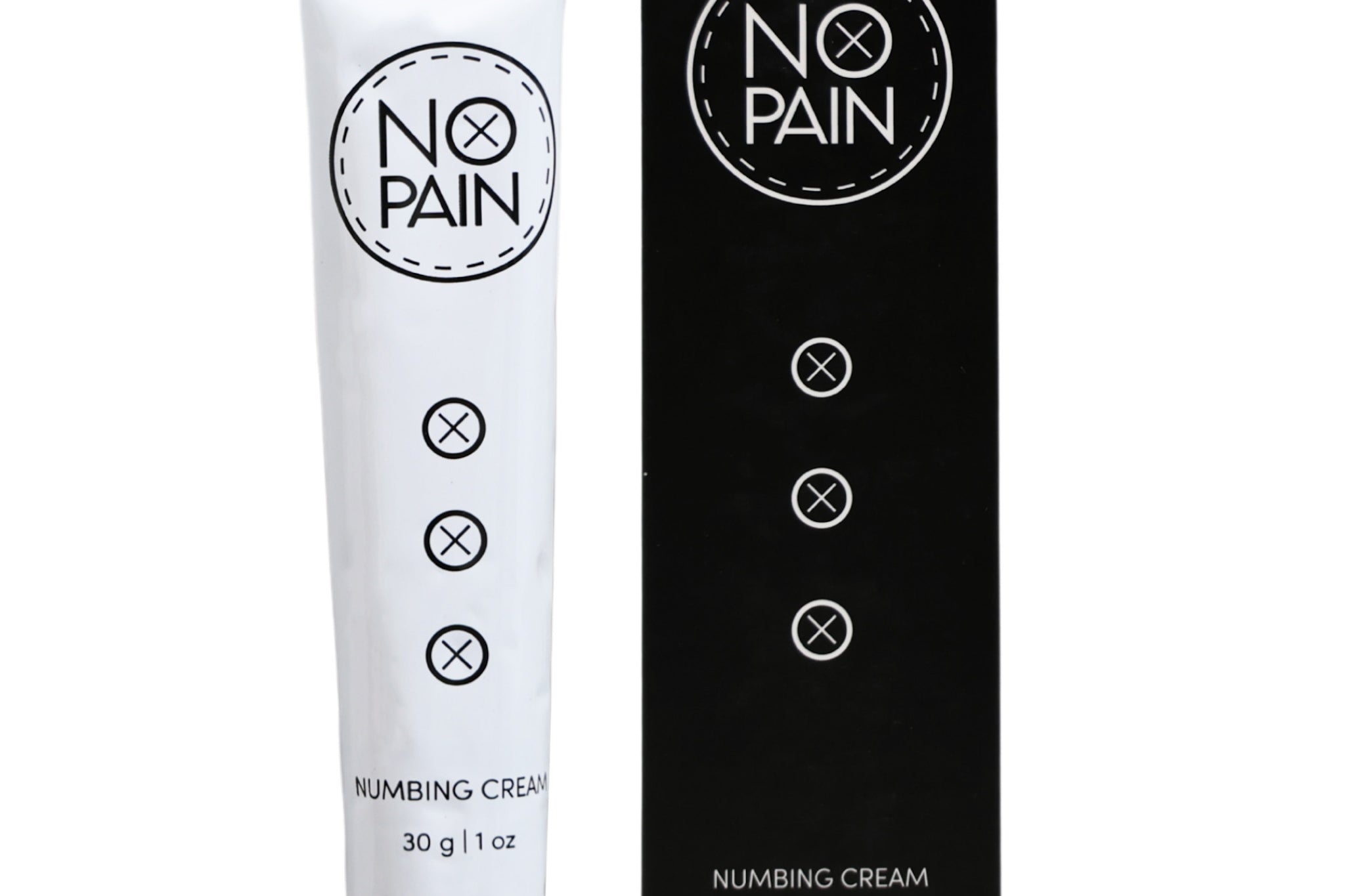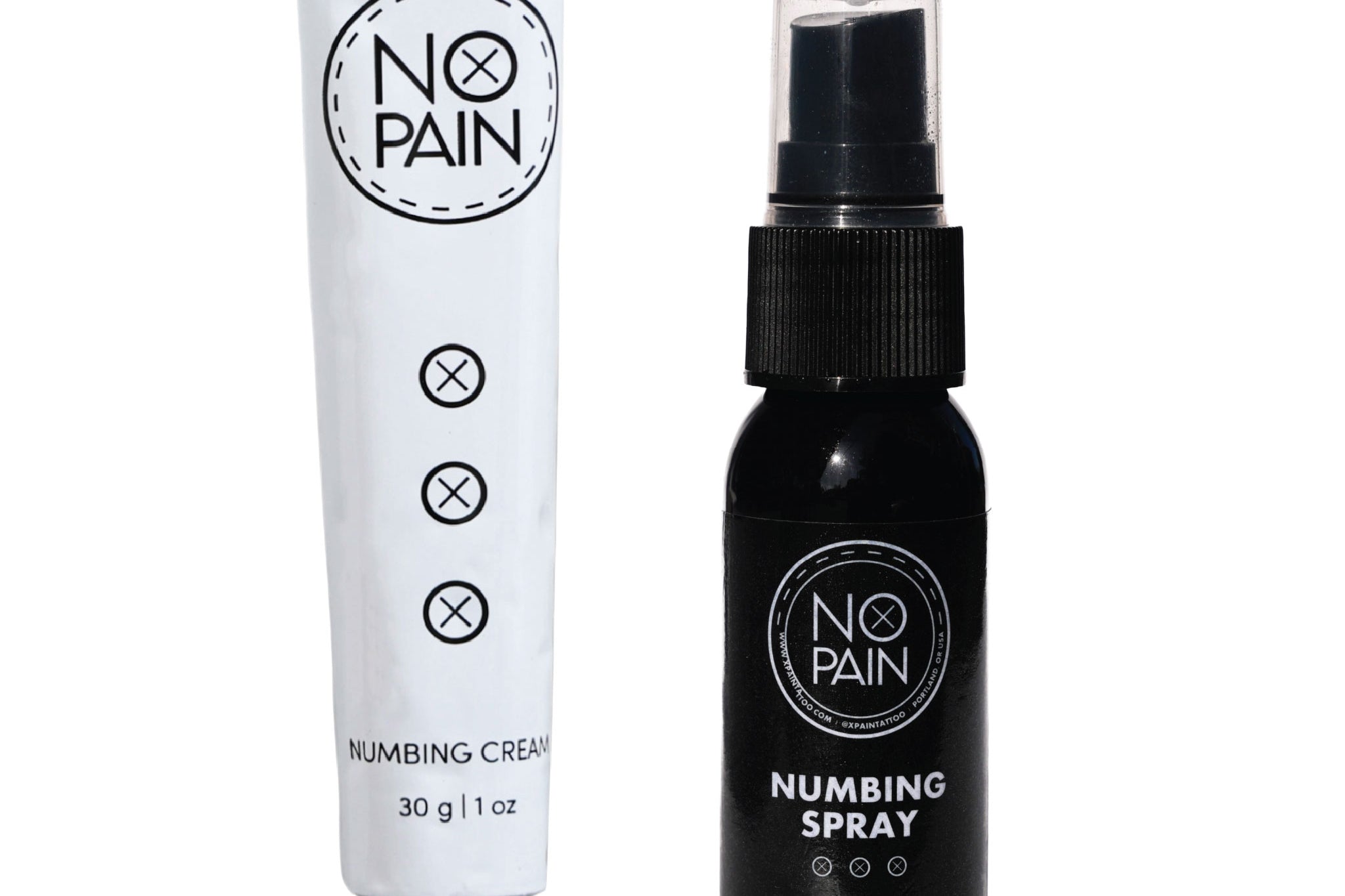You're scrolling through social media, looking for unique tattoo inspiration. You see it—a delicate, subtle, almost glowing design that seems to be etched into the skin rather than drawn on it. This is the unique and ethereal world of white ink tattoos.
They're beautiful, they're different, and they're also one of the most debated and misunderstood styles in the tattoo industry. They can be absolutely stunning when fresh, but they come with a very specific set of rules and significant risks.
Before you book that appointment, this is your honest, unfiltered guide to the pros and cons of getting a white ink tattoo.
The Pros: The Allure of White Ink
-
Subtlety and Elegance: The biggest draw of white ink is its subtlety. For people who want a tattoo that is personal and discreet rather than bold and loud, white ink can offer a beautiful, lace-like effect on the skin. It's a whisper, not a shout.
-
Uniqueness: All-white tattoos are still relatively uncommon, which gives them a unique and eye-catching quality. They stand out precisely because of their lack of dark contrast.
-
The "Glow" Effect: On the right skin tone and under certain lighting, a well-healed white ink tattoo can appear to almost glow, looking more like a scarification or an embossed part of the skin.
The Cons: The Harsh Realities of White Ink
This is the part of the guide that you need to read very carefully. The potential downsides of white ink are significant.
1. They Don't Last (and Can Disappear)
This is the most important con. White ink is the least durable of all tattoo pigments. It is extremely susceptible to fading from even minor sun exposure. Over time—and sometimes in just a year or two—a white ink tattoo can fade to the point of being nearly invisible, or it may age into a blurry, unreadable mark.
2. They Can Turn Yellow or "Dingy"
White tattoo ink is translucent, not opaque like paint. It sits under the top layer of your skin (the epidermis). Your skin has its own natural pigment (melanin). If you get a tan, or if you have a naturally darker skin tone, your own melanin can "stain" the white ink from above. This often makes the healed tattoo look yellowish, brownish, or "dirty" over time. This is not the fault of the ink or the artist; it's just how skin and light work.
3. The Results are Unpredictable
White ink pigment particles are generally thicker than black ink. It can be difficult for an artist to get a perfectly crisp, clean line, and blowouts (where the ink spreads under the skin) can be more common. How it heals is highly dependent on your specific skin type and can be very unpredictable.
4. Not All Skin Tones Are Suitable
White ink shows up best on pale, untanned skin. On darker skin tones, the final result may be much less visible or may heal to a color that more closely matches the surrounding skin, making it very hard to see.
The Verdict: Should You Get a White Ink Tattoo?
A white ink tattoo might be right for you if:
-
You have fair, pale skin and are militantly committed to avoiding the sun.
-
You are choosing a simple, bold design, not one with tiny, intricate details.
-
You understand and accept that it will fade and will likely not look the same in 5 years as it does on day one.
-
You are treating it as a subtle, beautiful, and potentially temporary piece of body art.
If you want a tattoo that is guaranteed to be permanent, crisp, and bold for a lifetime, a white ink tattoo is not the right choice for you.
If you've weighed the pros and cons and still want to go for it, your preparation and aftercare need to be absolutely flawless. A still canvas is critical for an artist to apply this tricky pigment cleanly. Using our No Pain Tattoo Numbing Cream can help you stay perfectly still. Afterward, our gentle No Pain Tattoo Aftercare Bundle will give your delicate new tattoo the best possible chance to heal well.




